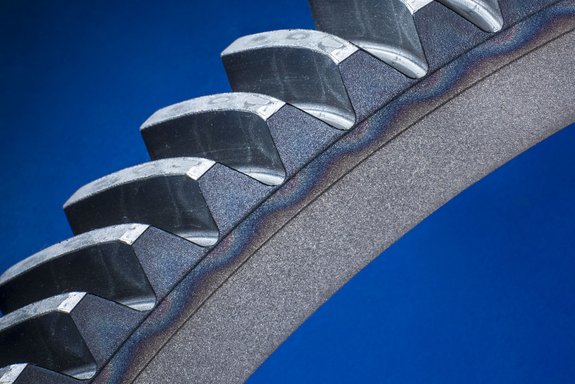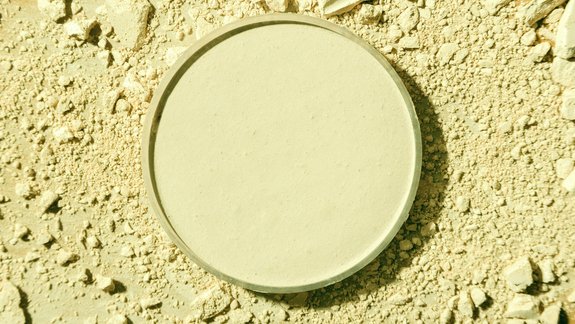Laser Heat Treatment with Diode Lasers
This processes can be carried out more flexibly, precisely and often more economically than other laser beam sources or tools, such as gas flames, infrared beams and induction coils.
Learn moreThis processes can be carried out more flexibly, precisely and often more economically than other laser beam sources or tools, such as gas flames, infrared beams and induction coils.
Learn moreHigh-power diode lasers enable the energy-efficient surface treatment of many different materials and often offer cost reductions and CO2 savings in the production process.
Diode laser-based drying is now attractive for numerous areas of application where previously only convection ovens were used. Not only the laser-assisted roll-to-roll drying of battery foils, but also the drying of offset ink layers or the curing of powder coatings offer efficient solutions in many industries. In future, the drying process can also be used effectively in the production of adhesives and plastic coatings, for example for drying polymer dispersions.
Heat treatment of metals can be undertaken in a more flexible, precise, and often more economical way with the help of LDM and LDF diode lasers than with other laser beam sources or other tools like gas flames, infrared rays, and induction coils, e.g. for the selective hardening of gripping tools or mold surface treatment for particularly stressed areas.


The sintering process with the diode laser is a crucial step in the production of materials such as ceramics, powder coatings and printed electronics. With variable homogeneous laser spots, temperatures of over 2000°C can be generated within a few seconds. The rapid heating is only limited by the stability of the material. The use of fully homogeneous laser spots ensures uniform heat input into the material, which minimizes the susceptibility of sensitive substrates to cracking. Closed-loop temperature control by means of contactless pyrometry enables the precise execution of complex temperature profiles during the sintering process. This allows optimum properties of the end product to be achieved.
Diode lasers enable industrial applications such as high-temperature processes for sintering ceramics and powder coatings, the production scaling of processes with ceramic substrates as well as the realization of sintering processes with printed electronics.
The dynamically adjustable spot size through the Laserline zoom optics, available for blue wavelengths and IR wavelengths, offers flexibility and adaptability for different applications. This is particularly useful for scaling production processes with ceramic substrates as well as for sintering processes in the field of printed electronics.
The OTZ blue zoom optic is ideal for high-temperature heat treatment and for drying processes with a high required heating rate.